Malaysian Vital Statistics Demonstrate No Evidence of a Fatal Pandemic in 2020, but Failing Population Health from February 2021 Onwards, which was the Start of Covid-19 Vaccination in Malaysia.
Covid-19 vaccination-linked causality for the excess deaths observed is likely, there being no other logical explanation for the 34.5% rise in deaths, affecting all vaccinated age groups, in 2021.
Malaysia’s department of statistics has just released their 2024 Q2 demographic data with screenshot of the infographic shown below and have issued a press release.
This release triggered the following news article, where the large 2nd quarter drop in birthrate compared to the prior year same period was discussed.
I had tried to look into Malaysia’s vital statistics data in past years but was unable to access detailed data. The Malaysian Government have recently updated their statistical website and now provide excellent open-source public access data.
I have reviewed Malaysia’s Covid-19 vaccination and vital statistics data and prepared graphic presentations of key data for easy review and to explain population trending just prior to, over, and since the declared pandemic.
Covid-19 Vaccination in Malaysia
Covid-19 vaccination1 of adults in Malaysia started on 24th of February 2021, kicked off as Malaysia’s PM received the nation’s first dose, which was from Pfizer.
Adolescents aged 12 - 17 were offered Covid-19 vaccinations from September 2021, and children aged 5 - 11 from 3rd of February 2022.
There were four brands used in Malaysia; 2 x viral vector: AstraZeneca and CanSino, 1 x inactivated virus: Sinovac, and 1 x mRNA: Pfizer. The uptake of the various products are shown as of 5th October 2022, with Pfizer being the most commonly used product (61.2%), followed by Sinovac (29.8%): -
Uptake over time from February 2021 up to 5 October 2022 follows, showing doses: dark green is 1st dose, medium green is the second dose, and light green represents booster doses.
The overall population uptake of Covid-19 injections was high with 84.2% taking at least 2 doses. Breakdown figures for adults stands at 98.2%, for adolescents at 92.2%, and for children at 43.3% all as of 5th October 2022.
Monthly uptake of dosing is shown; high from mid-2021 after an initial slow start, dropping by mid-2022, and with very low uptake into 2023 and 2024.
Malaysian Vital Statistics Population Outcomes, Historical and Over the Pandemic Years
If the Covid-19 pandemic intervention and the vaccines had been beneficial, there should have been improvements in population vital statistics; with no impact on usual birth trending and with a reduction in deaths (due to improved protection from illness and with no serious adverse reactions) following rollouts.
Deaths - All Cause Mortality
Malaysian deaths have been gradually increasing over time. This is expected with a growing and aging population. Between 2000 and 2020, year-on-year changes in deaths varied from -4.2% to +5.7%. Ironically, the biggest year-on-year drop in deaths came in 2020, the first year of the pandemic, when 7,284 fewer Malaysians died than in 2019!
This changed dramatically in 2021 when there was a massive black swan event2; a 34.5% increase in all-cause mortality. Deaths did not recover in 2022 or 2023, when deaths remained far higher than levels prior to 2021. This step change in deaths from 2021 onwards indicates that something catastrophic happened to the health of Malaysians in 2021, something which the population has not recovered from.
Births - Registered Live Births
Malaysian births have been generally falling over time, though with some fluctuations; annual births from 2000 to 2023 are presented. 2021 had the largest ever drop in births of 6.7%, and this was followed by a further drop in 2022 of 3.8%. Although there was a 7% recovery in 2023, birth levels were still 4% below 2020 levels.
Natural increase (births - deaths) has been dropping gradually over time which is expected with the change in population demographics. However, the step change from 2021 was not expected. Note that this figure presents data based on birth and death rates / 1000 population.
If the current Q1 & Q2 2024 birth levels continue, 2024 births may be nearly 10% lower than 2023 levels. The following figure presents reported annual death and birth registrations from 2000 to 2023. 2024 is extrapolated (x2) from the 1st half year published data.
Monthly Birth and Death Data, and Covid-19 Vaccine Rollouts
Monthly birth and death data can provide information about the timing of changes in population health. Monthly data is available up to 2022. 2023 monthly data should be released in October 2024.
Deaths in January 2020 and 2021 were nearly the same. Deaths in February 2021 rose slightly, rose further in March and April, and then rose sharply in May. Deaths in June remained similar to May 2021, but thereafter rose sharply in July and peaked in August. If I plot the 2021 monthly excess deaths vs. 2020 deaths against the monthly new vaccine doses for 2021, the lines are nearly identical, and have a correlation coefficient of 0.98, indicating a strong positive relationship. Doses / Excess Deaths = 1 excess death for every 1,000 doses of Covid-19 vaccine in 2021! Causality must be investigated.
Deaths and vaccines doses are plotted up to the end of 2022. Note that every inflection in vaccine doses has an inflection in deaths. Assuming that each additional booster dose contributes to a higher risk of toxicity, this may explain the relatively higher deaths in March and July 2022 when there was focus on booster dosing.
Were the Excess Deaths in 2021 Due to Covid-19?
From OWID, Malaysia reported 451 deaths as due to Covid-19 infection in 2020, 30,883 in 2021, 5,501 in 2022, 458 in 2023, and 58 in 2024, up to 28 July 2024; a total official C-19 Death toll of 37,351
There were 58,062 more (excess) registered deaths in 2021 than in 2020.
Even assuming that every single death reported as being due to Covid-19 was a real respiratory virus infection death (unlikely as there was huge pressure to over declare Covid-19 as cause of death), there are still 58,062 - 30,883 = 27,179 deaths requiring an explanation!
There is still ongoing excess mortality in 2022 and 2023, compared to 2019 and 2020 levels, even as Covid-19 attributed deaths are very low. 2022 has 32,271 and 2023 has 20,169 more deaths than 2019; there may be cumulative excess deaths from 2021 to 2023 in the range of 100,000 people! These are loved ones, who died prematurely before they were expected to.
Age Breakdown of the People who Died in 2021 and 2022
Young healthy people are not expected to require much if any medical care, and they are not expected to die. Covid-19 infection was not an illness of young and healthy people.
In 2020 all age-groups died at lower rates than in 2019. Yet, in 2021 all age-groups aged 15 and up died at higher rates than in 2020. Young adults, aged 35 to 49 died at rates more than 50% higher than in 2020. Why? This age group is not usually susceptible to Covid-19 death, or indeed any death? Younger adults (20 - 34), and older adults 50 - 85+) also died at rates far higher than in prior years.
In 2022, young children and young adults up to 24 years of age, and elderly people aged 75 and above died at rates even higher than in 2021. Why did their health startlingly deteriorate further, even as the pandemic wound down, and with only 5,501 Covid-19 attributed deaths?
Maternal, Stillbirth, Perinatal, Neonatal and Infant Deaths Trending
I was able to plot maternal mortality outcomes trends since 2000. There were concerning increases of 23% and 8% mortality in 2001 and 2002: what happened with Malaysian practices surrounding pregnancy at that time? There was a staggering 175% increase (2.75x the 2020 rate) in maternal mortality specifically in 2021! Malaysia recommended Covid-19 vaccines for pregnant women in 2021!
Historical stillbirth (born dead), perinatal (death up to 7th day following birth), neonatal (death up to 28 days following birth) and infant (death up to 1 year following birth) mortality trending is equally disturbing. There were big rises in deaths in 2001 and 2002. There were further rises from 2015-2019.
Why is the health of Malaysia’s pregnant women and their babies declining over time? As a nation develops shouldn’t health improve? Or are there interventions that get promoted that may be antithetical to health? I haven’t had a chance yet to explore the maternal and infant vaccine schedules in Malaysia and the historical timing of changes to those schedules. Have there been any other changes in how pregnancy and infancy is managed over time, or in maternal health, which may affect pregnancy and infancy outcomes? Medical and population scientist attention is required to explore and reverse these trending! Deaths are only 1 part of the picture, if the population is dying early there must also be considerable increased morbidity (mothers and babies sick, disabled, not reaching their potential).
Fertility rates in Malaysia are currently below replacement level. Malaysia will approach overt depopulation in coming years as the population momentum of a young population is lost.
Conclusion
There was no evidence of a fatal pandemic in 2020 in Malaysia.
Very concerning mortality and birth trending is apparent, particularly starting in 2021, which was the year of Covid-19 vaccination rollout; with an unprecedented level of excess deaths.
The correlation between the monthly excess deaths and monthly Covid-19 vaccines delivered is very strong and direct causality must be considered, particularly as there were no other major events that could explain such a sudden mass mortality event in 2021, and thereafter.
International research supports loss of fertility and reproductive health concerns in heavily Covid-19 vaccinated nations. There may be impacts to the offspring of vaccinated mothers. Malaysia is a very highly vaccinated nation, including children. The population growth implications of this intervention must be examined and measures to ensure a stable (and healthy) population instigated.
Still births, maternal, perinatal, neonatal, and infant mortality have been rising since 2000. This requires urgent investigation and intervention. There was a 2.75x spike in maternal mortality in 2021.
Excess deaths are a measure of population health; a healthy population does not die at excessive rates above historical norms. These vital statistics data demonstrate that Malaysia has a population health crisis in progress.
I pray that this report will go to the right people who may properly investigate what has happened, who will start to put into place measures to counter the harm that has been done, and work to improve population health for all Malaysians.
Covid-19 Vaccines are not traditional vaccines. They are emergency use products, which were not subject to even the minimal testing and safety assessments that are applied for other approved conventional vaccines.
A 10% increase in deaths is already considered highly abnormal and a once in 200-year event. Yet, Malaysia has a catastrophic 34.5% excess deaths in 2021. This cannot be explained by Covid-19 deaths.



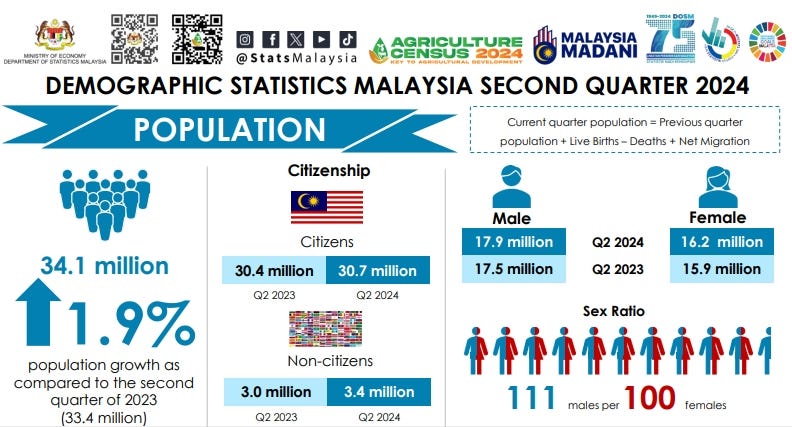




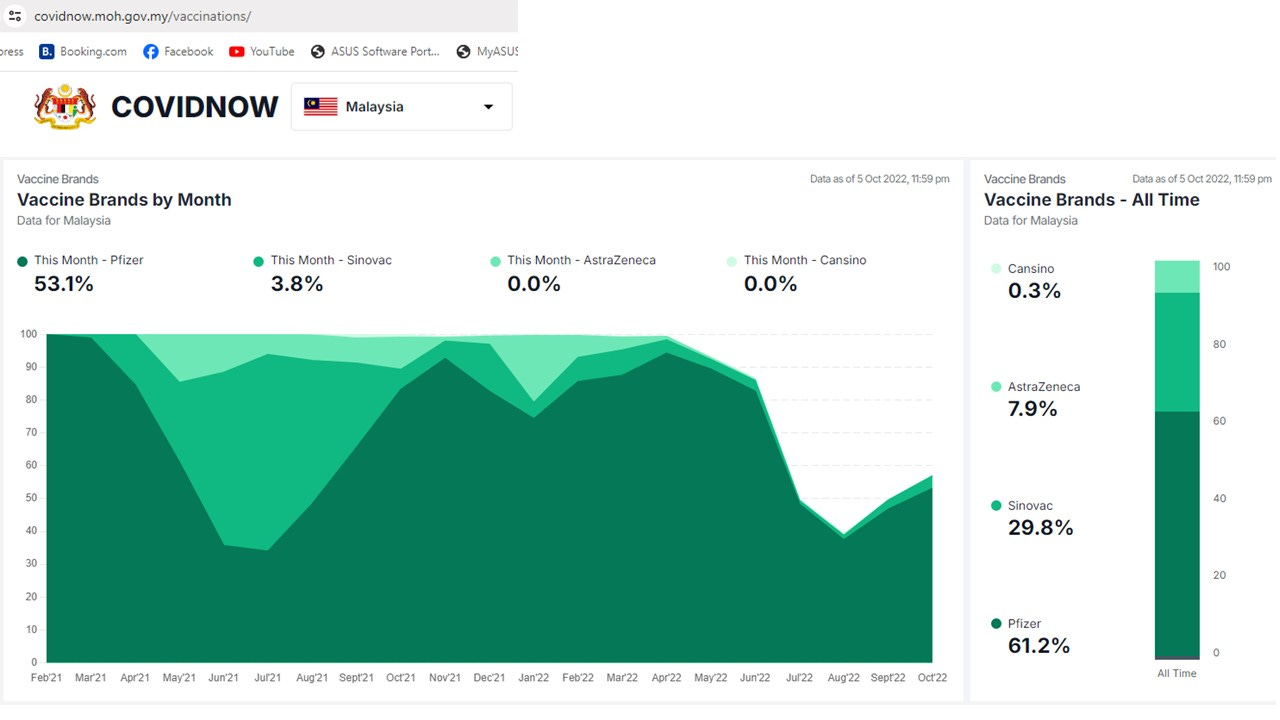
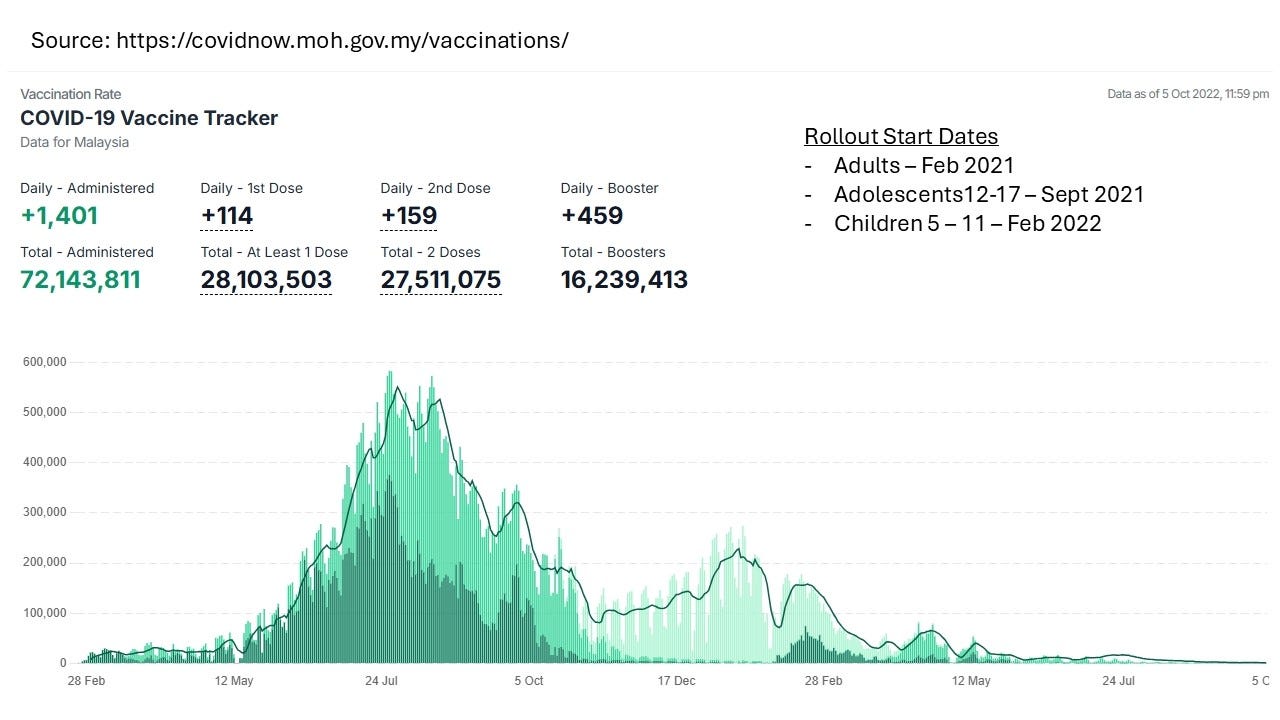

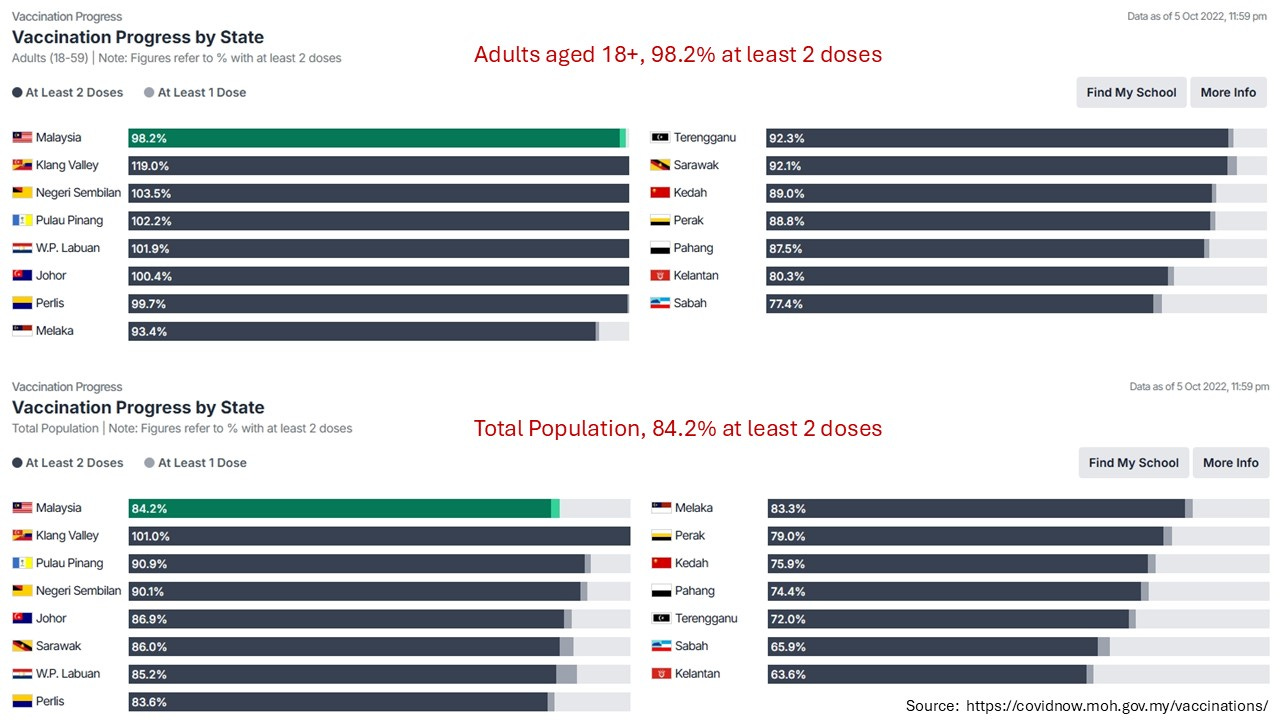
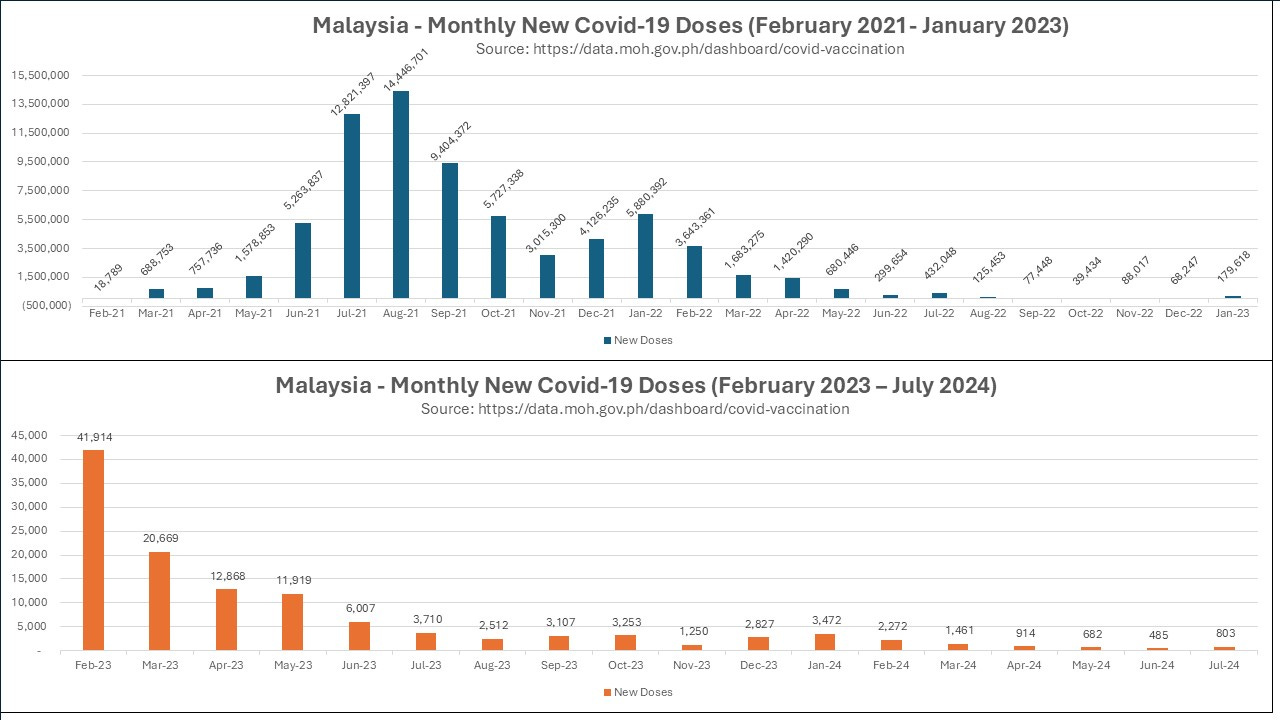




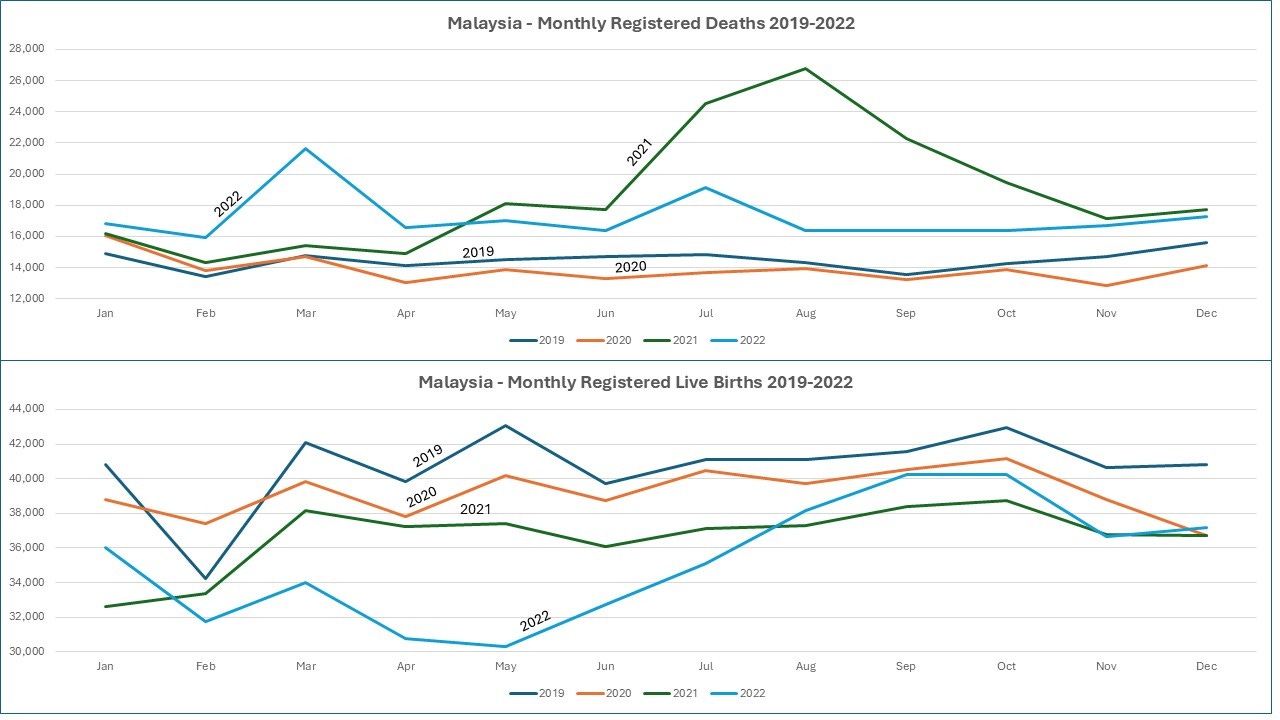

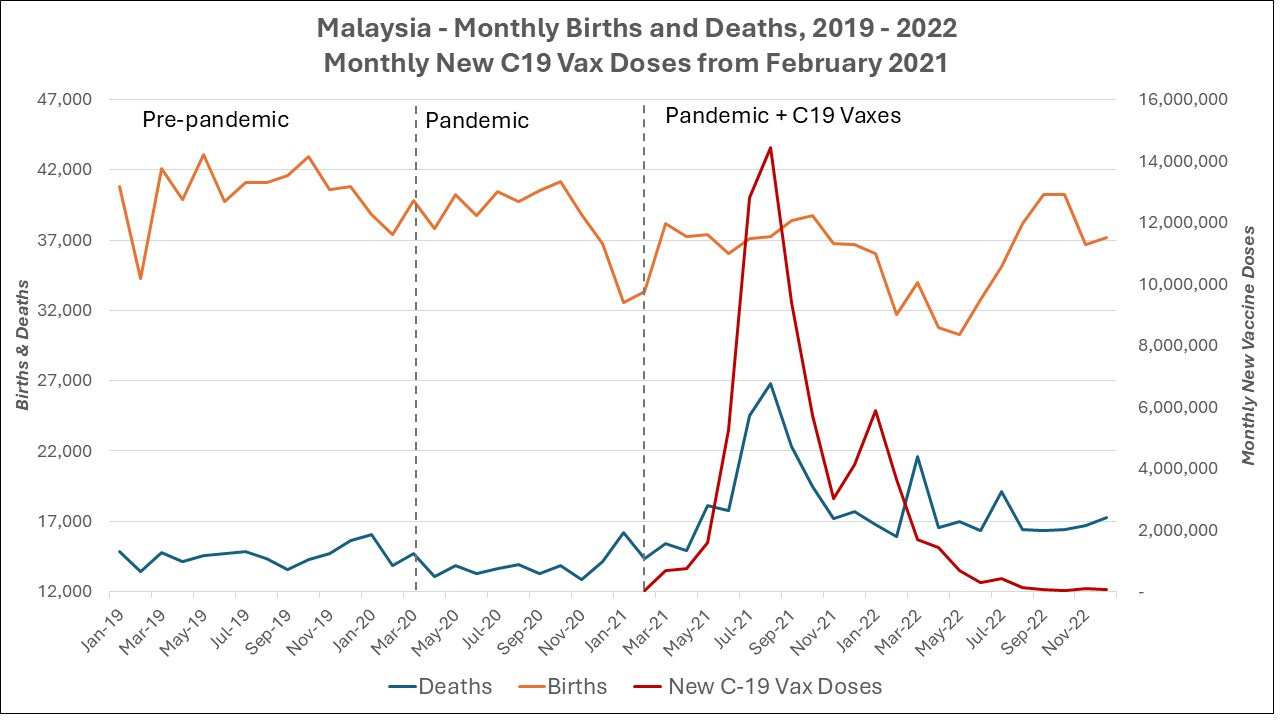

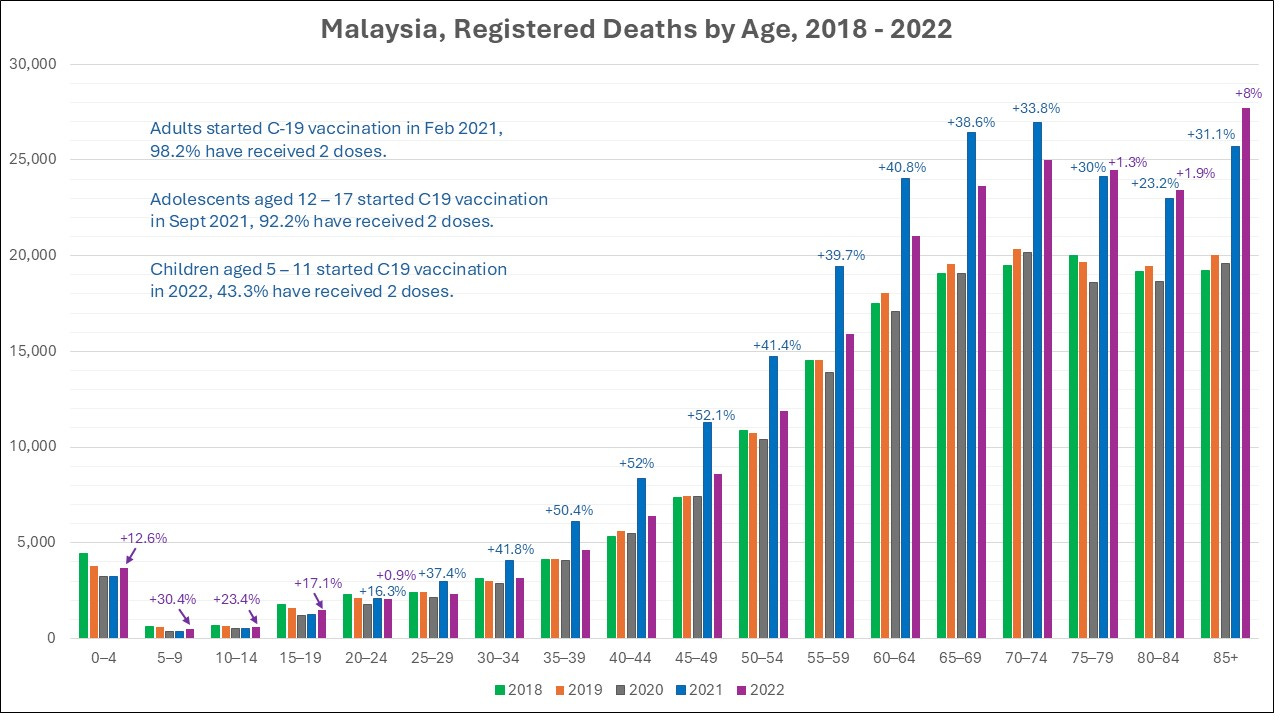
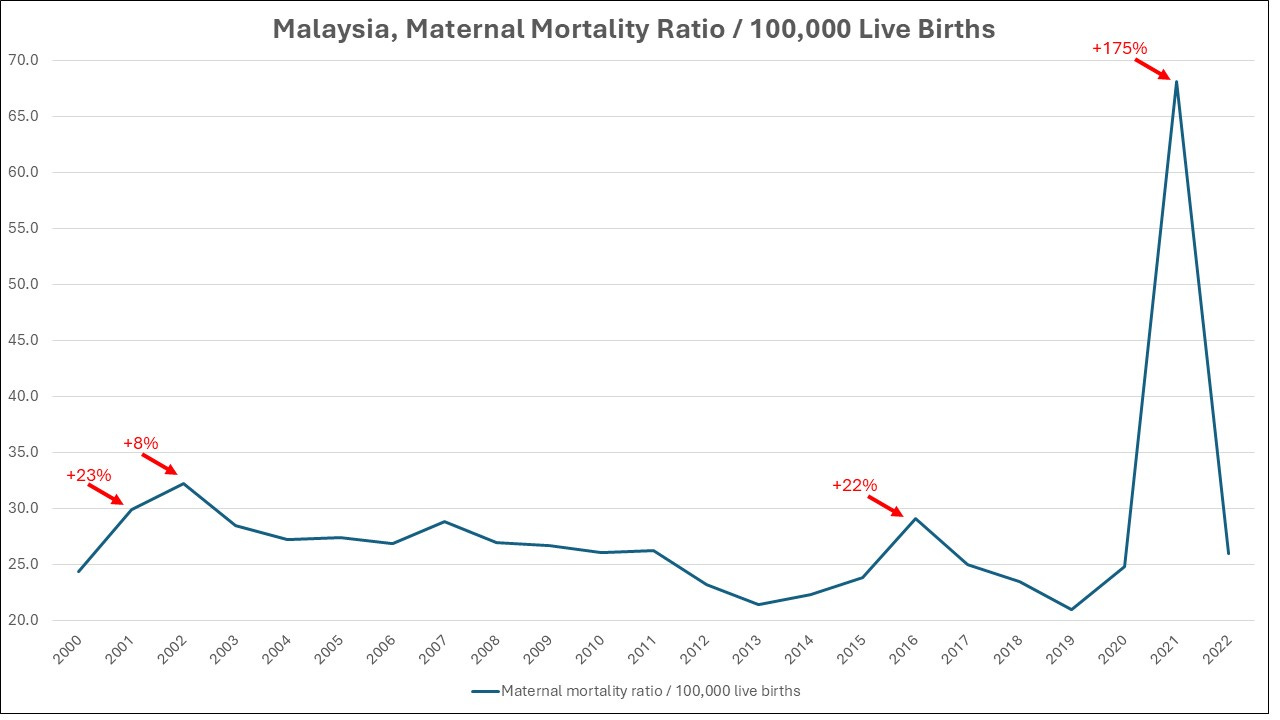

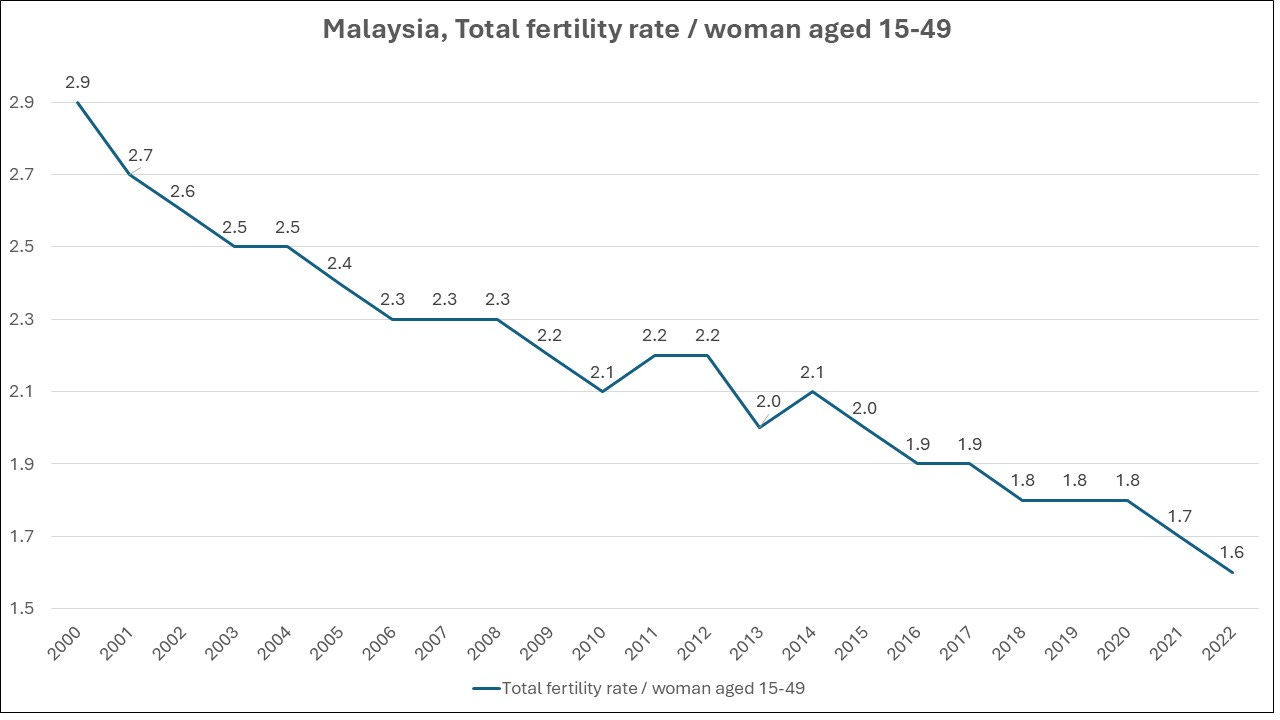
I live in Malaysia and this is the best write-up I have seen on the situation here. Kudos.
That statistic would be similar in any country, The jab did and will continue to do what it's intended to do, DEPOPULATE!